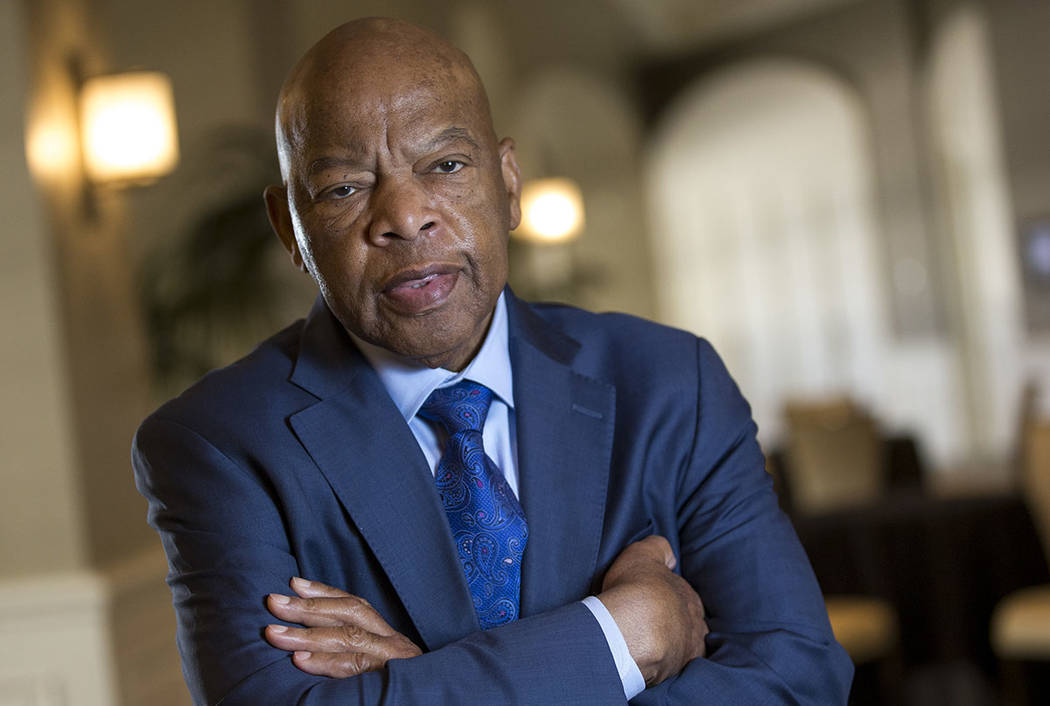EDITORIAL: Education and civil rights
Civil rights icon U.S. Rep. John Lewis has a new cause.
Speaking in Las Vegas last month, Rep. Lewis identified the nation’s failing education system as the country’s most pressing social justice issue.
“As a nation and as a people, we are not doing enough,” he said during an interview with the Review-Journal’s Ramona Giwargis. “Many of our children are not receiving the very best possible education that they could receive.”
Rep. Lewis isn’t the only prominent elected official who holds this view. Presidents George W. Bush, Barack Obama and Donald Trump have each called education “the civil rights issue of our time.”
If there’s bipartisan agreement that the nation needs to improve education, why has progress been slow to nonexistent? Because, while there is unity on the goal, there is a stark divide on how to get there.
Progressives insist the key to increasing student achievement is more money and more teachers. Over the past few decades, states have largely implemented those solutions. As the Cato Institute has shown, from 1970 to 2010, the cost of educating a U.S. student nearly tripled. Meanwhile, the number of school employees nearly doubled, while the total number of students increased by a mere 10 percent.
Nevada has tried the same strategy. The 1989 Legislature implemented a class-size reduction program for grades 1 to 3. It has cost taxpayers $2.8 billion. The kids who first attended those smaller classes are now old enough to have their own children in public schools. In 2003 and 2015, Nevada passed the largest tax increases in state history to boost education funding, but just 31 percent of Nevada’s fourth-graders are proficient in reading.
Spending more has a 50-year record of not increasing student achievement.
Rather than embracing the failed status quo, those such as Rep. Lewis who are looking to improve opportunities for at-risk children and other kids should advocate for innovative strategies that challenge the hidebound education establishment. That might include supporting programs that promote choice by providing parents with an avenue to escape failing schools. Charter schools also have shown impressive results in a variety of jurisdictions.
While many Democrats and their union allies strongly oppose expanding options for parents and students when it comes to education, a 2018 national survey finds that 63 percent of the public supports school choice. That includes 77 percent of Latinos. Done properly, school choice programs can increase student achievement and put pressure on underperforming public schools to improve.
Nevada’s public schools have struggled long enough. Rep. Lewis is correct: Many children are not receiving the best education possible. A promising way to right that wrong is to empower parents and kids through choice.

















